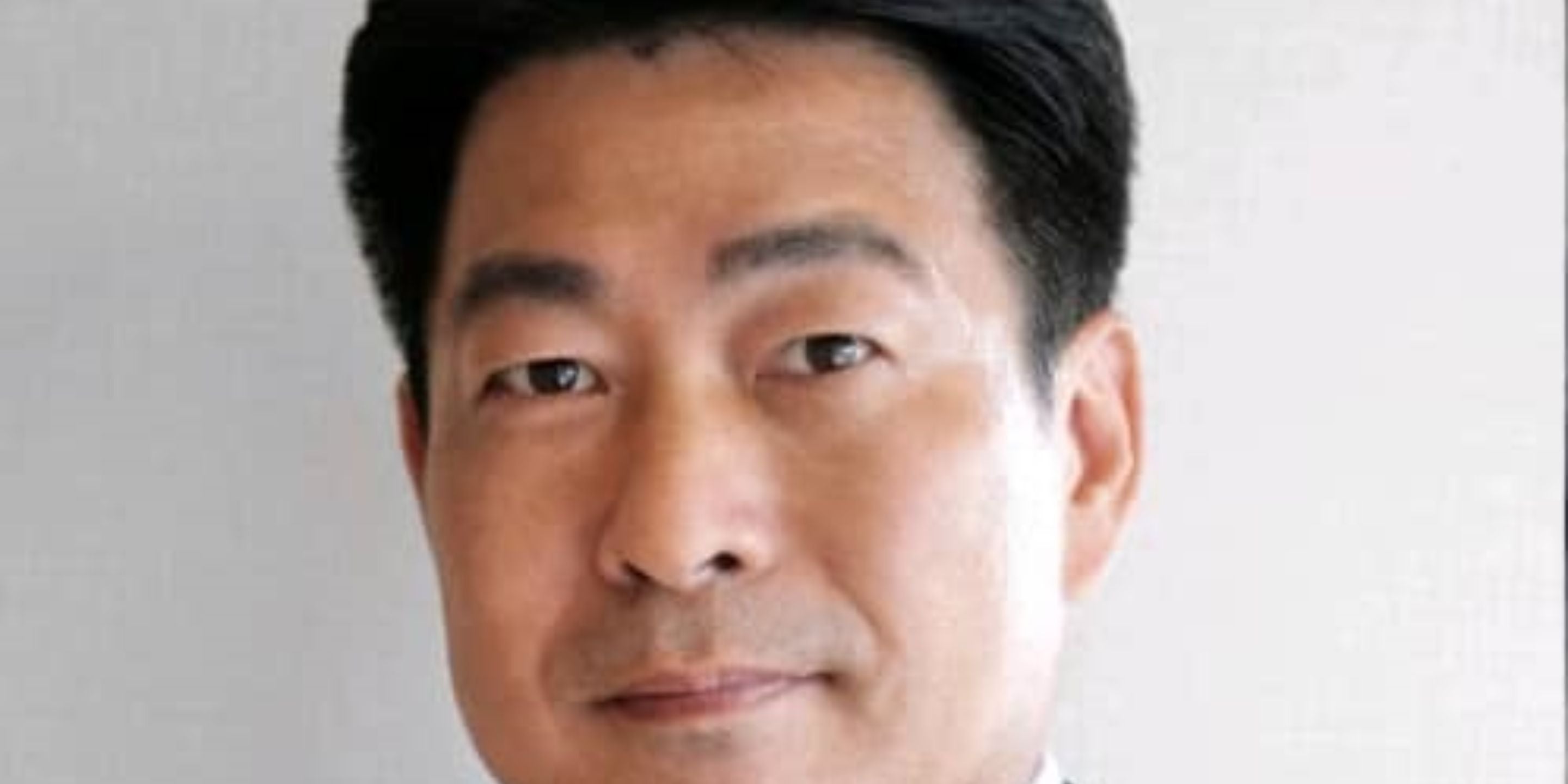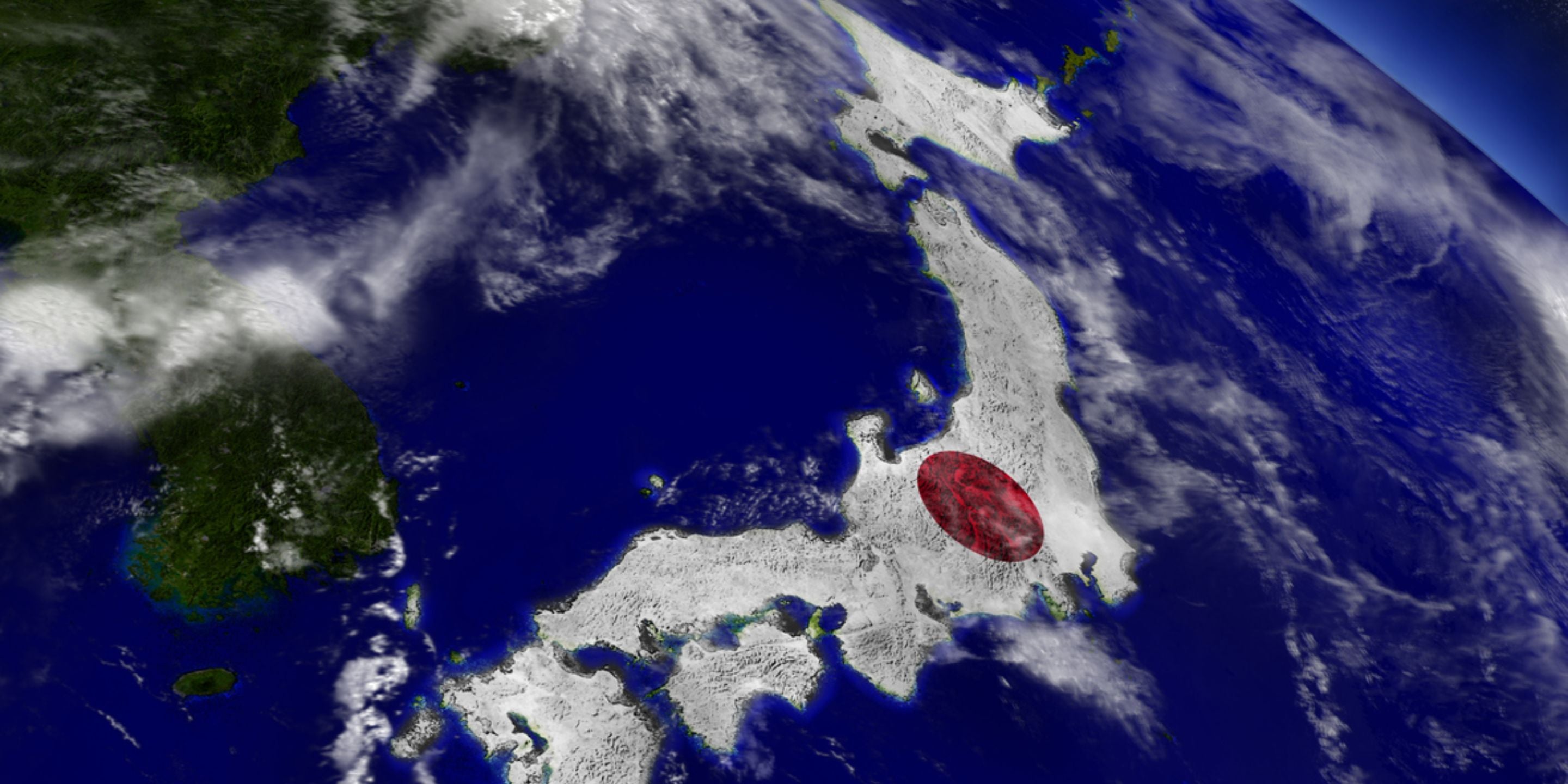Japan opened its electricity trading market to retail players in 2016. But a lack of liquidity means companies need to find the right talent to be able to navigate new risks in this nascent marketplace. This was compounded in 2021 by price surges on the spot market causing the government to take steps to incentivize trading, hedging and risk management on the futures market. HC Insider talks to Hiroshi Okuyama, Executive Vice President at Skipping Stone G.K, the Japanese arm of global gas and power markets consultancy Skipping Stone, which is headquartered in the United States (US). In this interview, he tells us about shifting market rules, the impact of higher spot prices and gives a glimpse of what to expect in 2022.

HC Insider: Skipping Stone says Japan’s electricity market is comparable to the shape of the US, EU or Australian markets 20 years ago. What are the challenges and opportunities since the liberalization of Japan’s retail power market in 2016?
Hiroshi Okuyama: Every newly liberalized power market goes through a ‘shake-up’ period for the first several years. Japan is no different. The Ministry of Trade and Industry (METI) and the Electricity and Gas Market Surveillance Commission have done a good job studying other markets and adjusting the market rules in a timely manner. Nevertheless, shifting regulatory rules and the opening of new market constructs make it very challenging for participants to keep adapting their businesses. At the same time, for those with experience in other liberalized power markets, the opportunity to bring that knowledge and apply it to the Japanese market has created some very good opportunities for companies.
HC Insider: Can you give examples of these shifting market rules?
Hiroshi Okuyama: There are shifting mechanisms for capacity markets, ancillary markets (for supply and demand balancing), and for aggregators’ licenses. Especially, this spring, the Japanese market will see the shift from feed-in tariffs (FITs) to feed-in premiums (FIPs) for renewables. This is expected to bring renewable developers and those who support them into the wholesale markets.
HC Insider: What is the purpose of FIPs?
Hiroshi Okuyama: Unlike FITs which consist of a fixed subsidized price set by the government (essentially tax money), the basic FIP price will be reflected in the market price, or in the Japan Electricity Power Exchange (JEPX) spot prices.
Renewable producers will face a price risk. So if the market price is lower than their costs, there is a risk of reduced cash flow or of loosing money. That's why some renewable generators or developers don't like to go for FIPs and prefer corporate Power Purchase Agreements so that they can have a fixed price for 10 to 20 years, because they need to secure finance from banks and other lenders.
Promoting FIPs can therefore be a challenge for METI.
But the JEPX power price has gone up a lot since last year [partly due to higher fuel prices like LNG]. And as I will discuss later in this interview, there were changes in some utilities’ policies in the selling price on JEPX spot markets. Fundamentally, the market price is expected to be higher in general compared to the past. So, if higher prices are the new normal, there may be a chance that FIPs will become more popular. It’s a great recipe for developers to start new renewable projects and increase competition.
HC Insider: How do you see what has been described as a lack of liquidity in the Japanese power market?
Hiroshi Okuyama: Part of the lack of liquidity is due to the lack of market participants who are comfortable trading. Other than a small number of Japanese companies, most Japanese participants, including utilities, aren’t truly trading yet.
Firstly, there is no historical trading culture in the power market. It’s been only 5‐6 years since the retail market was liberalized and the futures market started in 2019 on Tokyo Commodity Exchange (TOCOM) and in 2020 on EEX (European Energy Exchange). The retailers tended to buy from the spot market which is generally cheaper and sold to the end user.
But there were some price spikes, which were not critical until January 2021 when they surged to unprecedented levels over a prolonged period. This made market participants realize the necessity of risk management.
HC Insider: How does a company such as Skipping Stone address that?
Hiroshi Okuyama : One of the ways we help this issue is by helping international trading companies enter the Japanese market. Our ability to provide end-to-end market entry services sets us apart from other firms. You need to have a Power Producer & Supplier license (which is the typical license for power retailers) to operate buy-and-sell physical power in Japan. Then you need to have a presence in Japan.
HC Insider: How is METI addressing the lack of liquidity?
Hiroshi Okuyama: The Agency for Natural Resources and Energy (ANRE) which is part of METI has started in May 2021 to establish risk management guidelines but these have not been finalized yet.
The lack of liquidity was especially caused by the lack of supply in the spot market, in turn triggering high prices after retailers realized they needed to buy more electricity than planned due to unexpected, weather-driven spikes in demand. As a result, METI and some members of the Electricity and Gas Basic Policy Sub-committee are encouraging power companies to use futures markets. This sub-committee is another working group under METI.
In order to create rewards for traders, the guidelines offer retailers various methods to measure their current and future risk exposures and explore various options to avoid or mitigate market risks. This should help traders develop and promote hedging & trading strategies using futures and forward markets.
HC Insider: Have you seen an increase in the number of companies wanting to get into the Japanese power market? Are there many retailers joining and how are companies adjusting their trading strategies?
Hiroshi Okuyama: Yes, but we have also seen hesitation especially because you have to have a presence in Japan. It might be due to the coronavirus pandemic. There's a transition from gas and oil companies getting more into trading, gradually shifting from commodity trading to power trading.
As for retailers, there are about 700+ registered retailers. Around 500 are active businesses. I’d say the 20- 30 companies are most active in trading and bigger domestic players are starting to enter the futures market.
HC Insider: Would you say that the volatility and price movements that we have seen in 2021 are encouraging people to take a position?
Hiroshi Okuyama: Yes and no. Many retailers got hurt since the surge in power prices last year, especially those who didn't hedge properly. Hedging was less popular before the surge in power prices in 2021.
Some went into bankruptcy. But we didn’t see as many bankruptcies as we expected, because METI gave some moratorium or solutions to defer payment for imbalances last year. The official installment methods were finalized and announced recently.
But we do expect some M&A activity that will lead to restructuring and consolidation in the retail segment in 2022.
HC Insider: What immediate patterns did you observe in the Japanese market in response to high prices in 2021?
Hiroshi Okuyama: We are seeing a real push by METI to promote risk management practices among market participants and more participants hedging than ever before. This is helping liquidity in the futures markets and helping grow the OTC market as well. Both EEX and TOCOM futures volumes and liquidity are growing with more domestic generators, traders and large retailers starting to trade on EEX and some foreign EEX traders are entering TOCOM power markets.
Also, most of the utility generators were instructed by the government to supply extra power to the spot market with almost zero profit margin or just covering costs in order for retailers to be able to buy at competitive price levels. However, due to the surging global gas spot price, some utilities had to give up this methodology so they don't get caught into money-losing operations. Therefore, the JEPX spot price is expected to increase further or remain stable at least in general reflecting the global fuel prices.
HC Insider: What impact is this having on generation capacity?
Hiroshi Okuyama: I think the total generation won't change but the ratio of generation sources will vary more. Still, producers need to rely on LNG and coal. The LNG price in Japan is linked to imported oil prices. In short, due to the uncertainty in the global gas and oil markets, some producers started trading futures on overseas gas and oil markets.
HC Insider: Can the new FIPs incentivize the growth of renewables and help reduce the use of fossil fuels like LNG and coal in the power generation mix as stated in the government decarbonization strategy?
Hiroshi Okuyama: It's a dilemma. To achieve 2030-2050 net-zero ambitions, Japan is trying to reduce fossil fuel-based generation. They’re going to need to invest in more renewables like offshore winds and solar. Renewables are expanding. But there are challenges, including environmental risks. For example, Japan has lots of forests and mountains and less flat areas suitable for solar panels. There was a landslide near the greater Tokyo area last summer which was blamed on the development of the solar projects.
LNG imports are still dominant. But still coal is the cheapest fuel. That causes a lot of backlash, even though Japan has improved the efficiency of its coal plants. The country has started reducing investment into fossil fuels. But it will take time to get the technology right over the next 30 years and it’s a lot of investment. There is talk of hydrogen, but Japan will have to import again in the form of ammonia. So, LNG remains key, and perhaps to a lesser extent nuclear, which has not been completely ruled out despite the Fukushima earthquake 10 years ago.
HC Insider: How do you address all these risks and opportunities from a talent perspective? Your company seems to prefer hiring individuals with years of hands-on experience in the energy markets and does not compete with large consultancies by focusing on recent college graduates. But what is your preferred approach currently?
Hiroshi Okuyama: When it comes to Japan’s energy trading sector, it is true that experienced power traders are not ubiquitous. We, however, have seen some job transfers from oil & gas, other commodity and financial sectors to power companies taking advantage of their trading and risk management experience and skills. New hires would then quickly learn the dynamics of power markets, adapt their trading expertise and add value to those power companies. Skipping Stone has helped some of those and will continue to do so. There is a pool of potential talents from the commodity and financial area who seek opportunities in the power market. - FS

